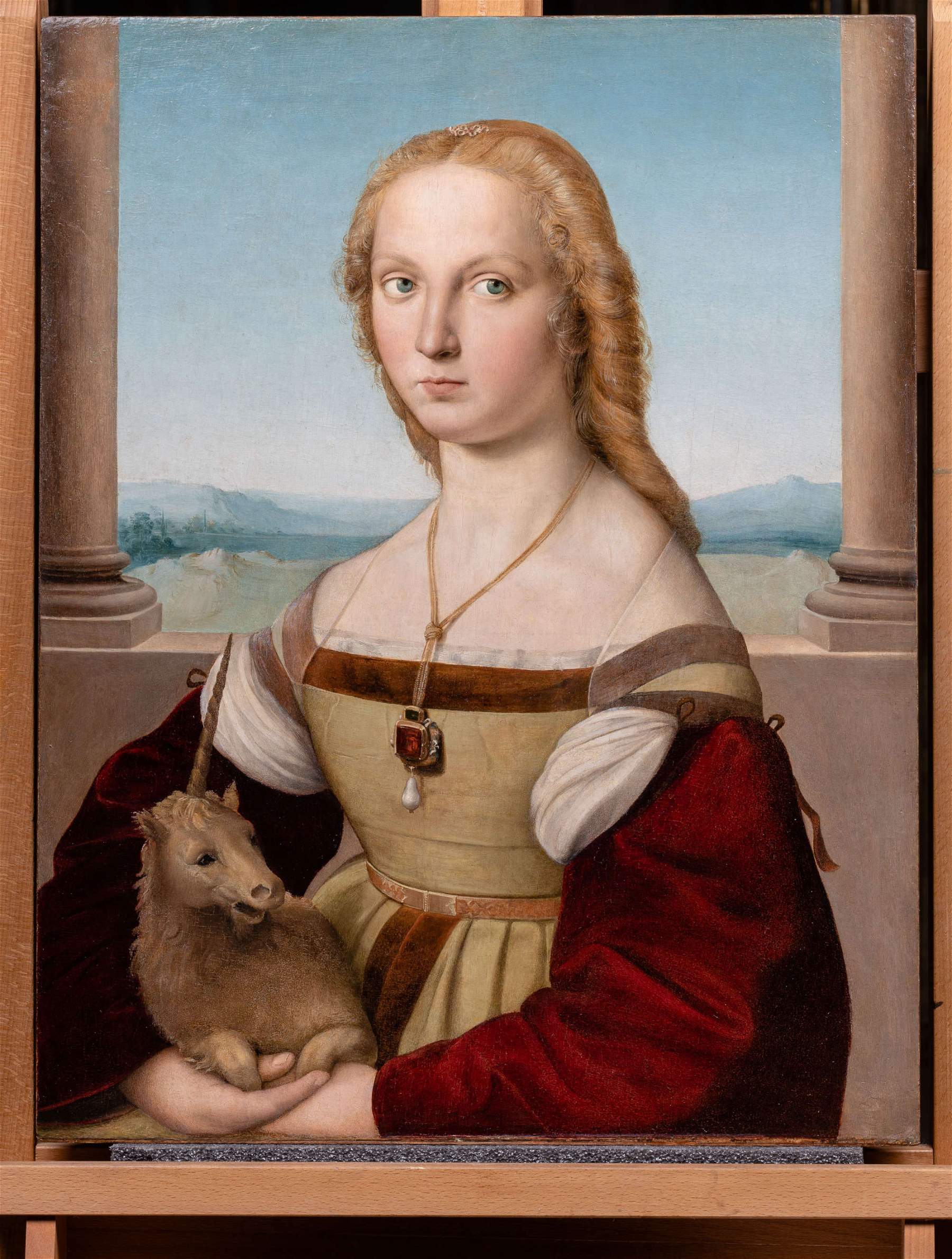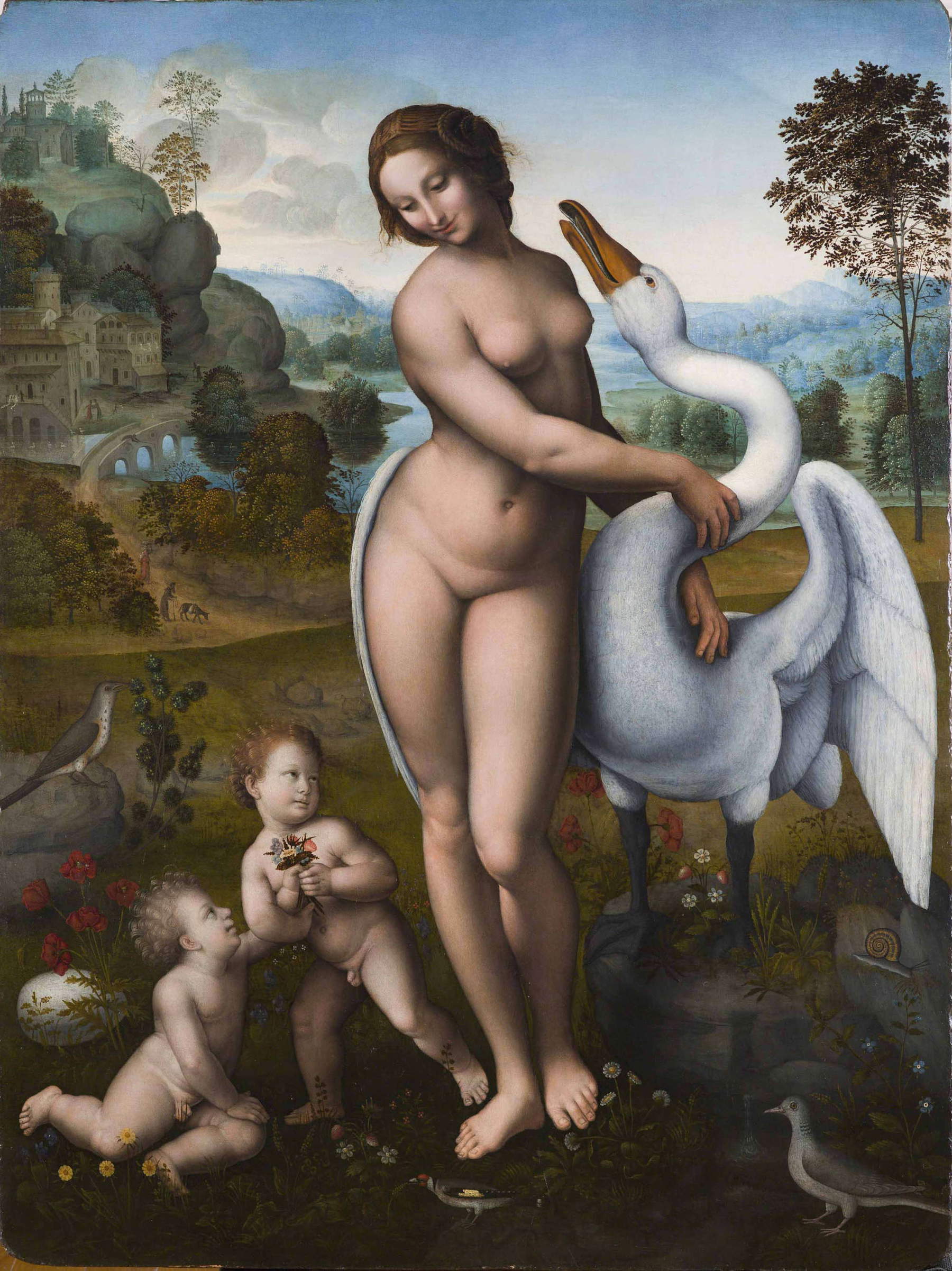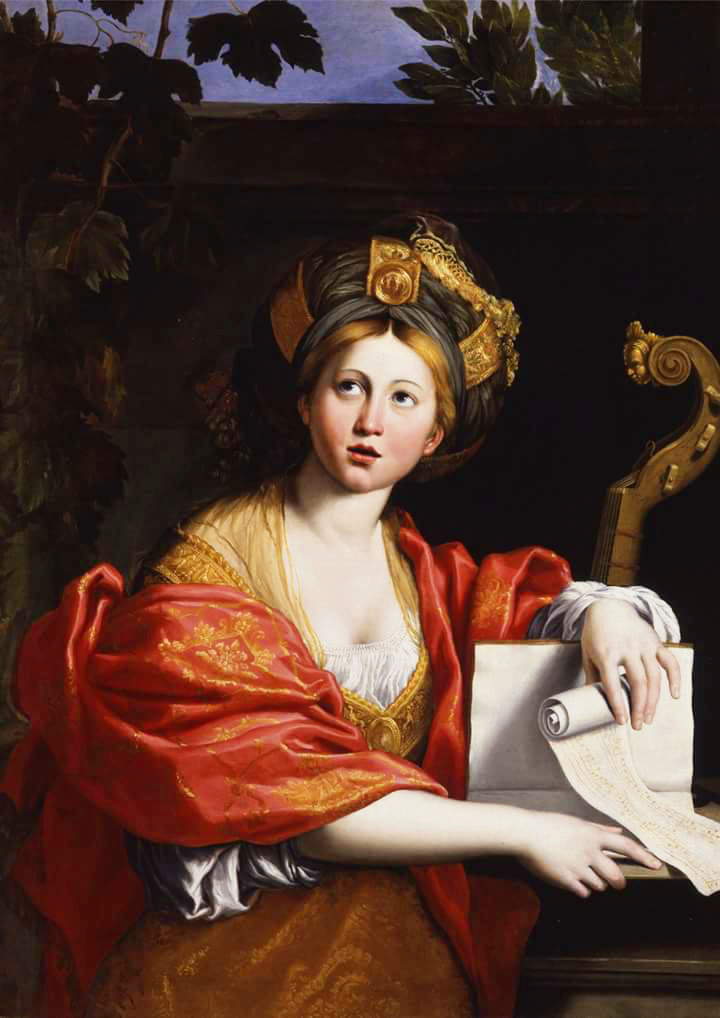Some 40 masterpieces from the Borghese Gallery on display at the Musée Jacquemart-André in Paris: the exhibition, which will delight the French public, opens Sept. 6, 2024, on the occasion of the reopening of the Paris museum (closed since Aug. 1, 2023, for renovations), and will last until Jan. 5, 2025. The Borghese Gallery is currently undergoing works, financed with PNRR resources, that affect the second floor, where a large part of the collections is kept: thus, after the exhibition of 50 works displayed at Palazzo Barberini, which began on March 29 and was extended until July 28, now the masterpieces from Scipione Borghese’s villa are leaving for France.
In Paris, the public will have the chance to see a set of important works by famous Renaissance and Baroque artists rarely lent outside Italy, from Caravaggio to Rubens, along with works by Botticelli, Raphael, Titian, Veronese, Antonello da Messina and Bernini. And this is thanks to a partnership between the Musée Jacquemart-André and the Galleria Borghese. The public will, in particular, be able to rediscover works by the masters of 16th- and 17th-century Italian art (Raphael, Antonello da Messina, Parmigiano, Lorenzo Lotto, Titian, Veronese, Caravaggio, Bernini, etc.) and Nordic painters who stayed in Italy (Rubens, Gerrit van Honthorst, etc.). The exhibition will also pay tribute to painters less known to the general public, such as Annibale Carracci, Guido Reni, Cavalier D’Arpino and Jacopo Bassano.
The presentation of the works in the exhibition will highlight both the history of the collection and the significance of the major themes explored by the artists. The exhibition will be complemented by a catalog, a reference work in French on the Galleria Borghese’s collection of “modern” paintings. For French audiences, it will also be an opportunity to learn about the history of the Villa Borghese Pinciana, which today houses the Borghese Gallery, built between 1607 and 1616 by the powerful Cardinal Scipione Borghese (1577-1633), nephew of Pope Paul V (1550-1621). Being inspired by the luxurious Roman villas, Scipione wished to use the palace, surrounded by gardens, to display his collections of ancient works and contemporary paintings and sculpture, evoking a new golden age. Equipped with an exceptional taste for art, an insatiable curiosity and an extraordinary ability to identify masterpieces among the works of his time, Scipione Borghese completed his collection by any means possible, legal or otherwise. He thus became one of the leading and most important collectors and patrons in the history of art of his time. And in accordance with his last will, all of his collections and properties were passed down from generation to generation without being dispersed for nearly two hundred years, and the Borghese heirs continued to enrich the family’s wealth. In the early 19th century, however, several hundred antique sculptures were donated to Napoleon Bonaparte by his brother-in-law, Prince Camillo Borghese (1775-1832), and were gradually replaced by new acquisitions. The Borghese family eventually sold the villa and its museum to the Italian state in 1902. The Borghese Gallery remains a symbol of Rome’s economic, cultural and artistic prosperity in the modern era and, as such, a must-see destination for visitors to the Eternal City. A destination that for a few months moves to France, making the Musée Jacquemart-André, one of France’s leading institutions dedicated to Italian art, even more connected to Italy.





 |
| Forty masterpieces from the Borghese Gallery on a trip to Paris |
Warning: the translation into English of the original Italian article was created using automatic tools. We undertake to review all articles, but we do not guarantee the total absence of inaccuracies in the translation due to the program. You can find the original by clicking on the ITA button. If you find any mistake,please contact us.